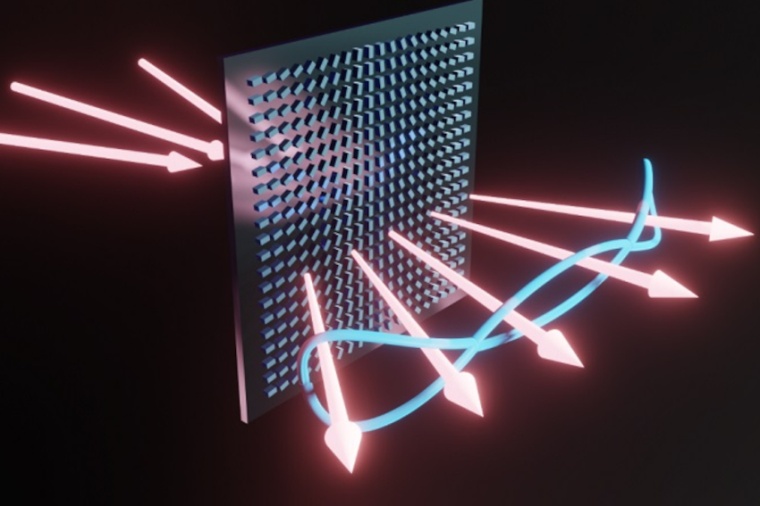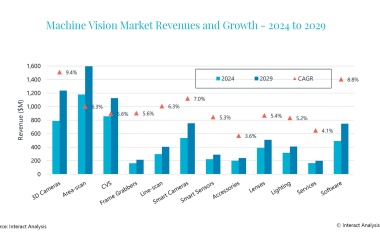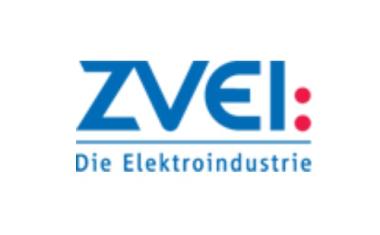Multiphoton entanglement with metasurfaces
A single-gradient metasurface could significantly enhances the efficiency of quantum information processing.
Quantum information processing is a field that relies on the entanglement of multiple photons to process vast amounts of information. However, creating multiphoton entanglement is a challenging task. Traditional methods either use quantum nonlinear optical processes, which are inefficient for large numbers of photons, or linear beam-splitting and quantum interference, which require complex setups prone to issues like loss and crosstalk. A team of researchers from Peking University, Southern University of Science and Technology, and the University of Science and Technology of China recently made a significant breakthrough in this area. They developed a new approach using metasurfaces, which are planar structures capable of controlling various aspects of light, such as phase, frequency, and polarization.

This innovative approach allows for the generation of multiphoton entanglement on a single metasurface, simplifying the process while making it more efficient. The researchers' method involves sending several single photons into a specially designed gradient metasurface from different directions. The metasurface causes these photons to interfere with each other in a quantum manner, resulting in entangled photons. This technique not only allows for the creation of different types of entangled states but also enables the fusion of several pairs of entangled photons into larger groups. This advancement means that more quantum information can be packed into a smaller space.
Ying Gu remarks on this new approach as a fresh perspective for quantum information processing: “It’s like finding a shortcut in a maze. Instead of trying to navigate the twists and turns of complex optical setups, we can use a single metasurface to do the job. The process of creating and manipulating entangled photons becomes much simpler and more compact. It’s perfect for building tiny quantum devices that could fit on a chip, making it a great solution for future quantum computing and communication applications.”
With this new method of creating multiphoton entanglement, many quantum applications may become more accessible. For instance, metasurfaces could be used to generate and deliver entangled photons to multiple users, facilitating the creation of a quantum network. Additionally, metasurfaces could serve as building blocks for handling more photons, potentially leading to the development of quantum computers as small as laptops. Such possibilities are exciting, and this research moves us a step closer to realizing them. (Source: SPIE)
Link: Peking University, State Key Laboratory for Mesoscopic Physics, Dept. of Physics, Beijing, China











